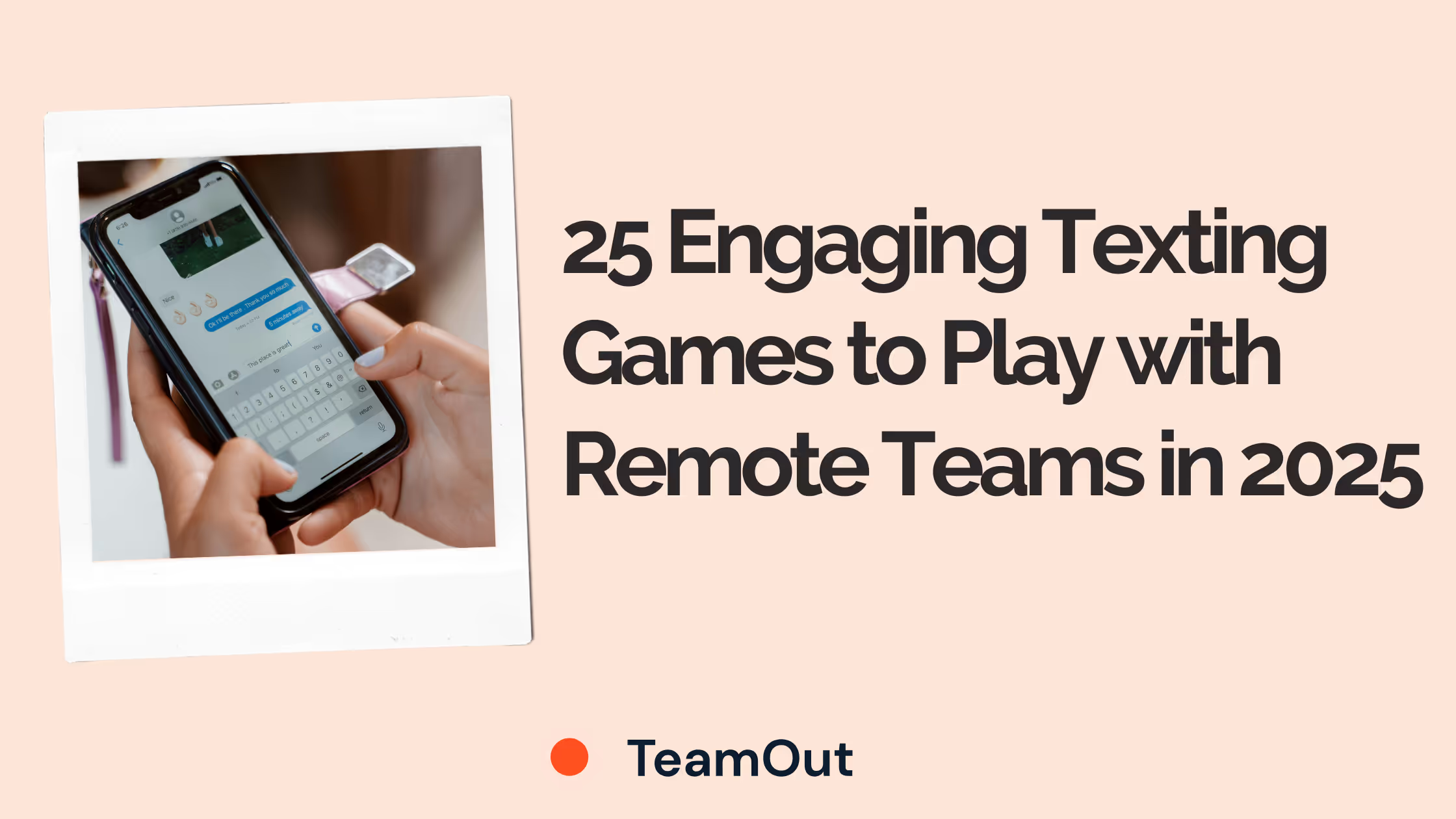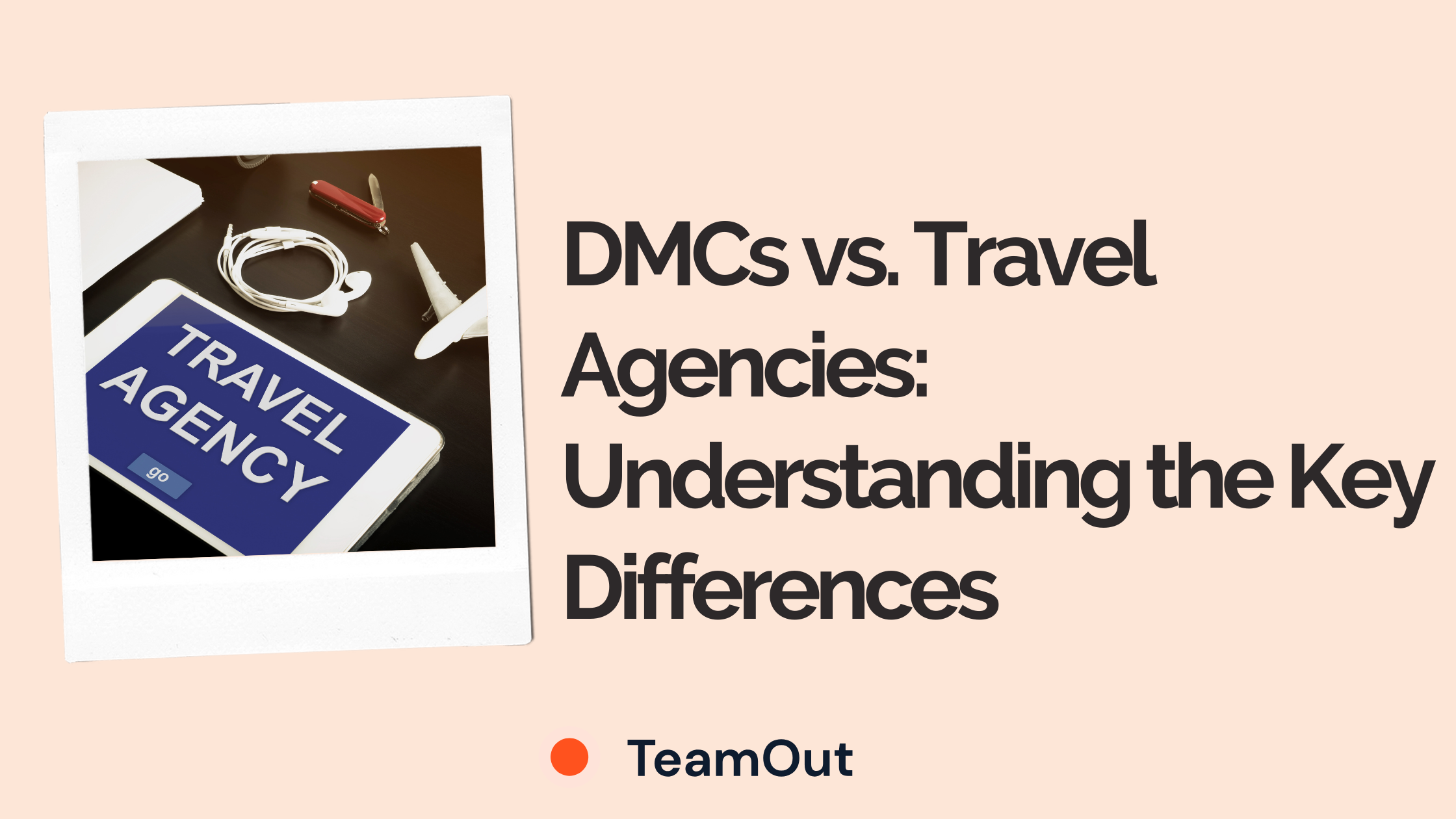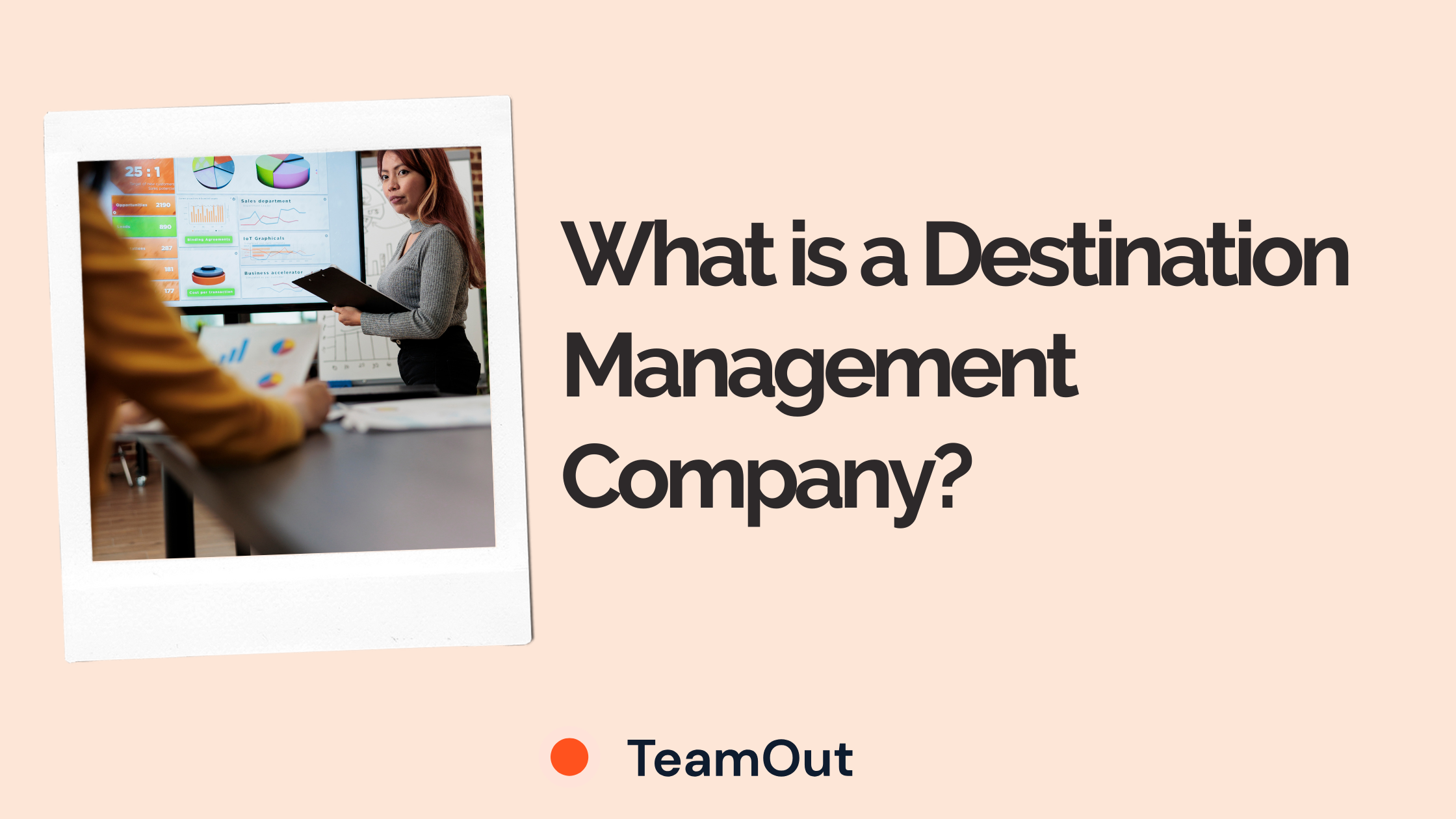What Are Employee Engagement Strategies?
Employee engagement strategies are systematic, evidence-based approaches to strengthen the emotional and psychological connection between employees and their work, teams, and the organizational mission. Unlike basic HR practices focused on compliance, these strategies target what truly drives engaged employees: discretionary effort, innovation, and long-term commitment.
Effective employee engagement strategies operate on multiple levels:
- Individual: Address personal growth, recognition, autonomy, and purpose alignment to improve employee engagement and reduce employee turnover.
- Team: Build trust, collaboration, psychological safety, and shared accountability, ensuring engaged employees contribute to customer satisfaction.
- Organizational: Shape company culture, align values, develop leaders who understand engagement, and foster strategic communication.
The most successful employee engagement efforts recognize that motivation stems from three core needs: autonomy, competence, and relatedness. By systematically addressing these, organizations can increase employee engagement and see measurable improvements, often reflected in higher engagement scores, lower turnover, and better exit interview feedback.
In 2025, with hybrid teams and a focus on well-being, employee engagement strategies must be personalized, digitally enabled, and continuously measured. Measuring employee engagement and acting on employee feedback ensures your engagement strategies remain relevant and impactful.
The 20 Science-Backed Employee Engagement Strategies
1. Implement Continuous Performance Conversations
Why This Works: When you rely on traditional annual reviews, you're creating anxiety and providing feedback too late to be actionable. Continuous performance conversations, based on research from the NeuroLeadership Institute, will activate your employees' brain reward centers through regular recognition and create psychological safety through ongoing dialogue.
Implementation Examples:
- Weekly 15-minute check-ins between your managers and their direct reports
- Monthly goal alignment sessions where your employees connect their work to broader organizational objectives
- Quarterly development conversations that are dedicated exclusively to growth opportunities and career progression
- Real-time feedback tools like 15Five or Lattice that enable your ongoing performance tracking and recognition
TeamOut Tip: Train your managers to use the SBI model (Situation-Behavior-Impact) for feedback delivery: you'll increase feedback acceptance rates by 60% and reduce defensive responses.
Supporting Data: Deloitte states that organizations highly effective at enabling human performance are about 2.08 times more likely to report positive financial results.
2. Create Psychological Safety Through Vulnerability-Based Leadership
Why This Works: Google's Project Aristotle identified psychological safety as the #1 predictor of team performance. When your leaders model vulnerability and admit mistakes, you create permission for innovation, risk-taking, and authentic communication throughout your organization.
Implementation Examples:
- Leadership failure stories you share in all-hands meetings, focusing on lessons learned and growth
- "Failure parties" where you celebrate intelligent risks that didn't work out, emphasizing learning over blame
- Open office hours where your employees can ask leaders anything without fear of retribution
- Mistake documentation systems that treat errors as learning opportunities rather than performance issues
TeamOut Tip: Have your leaders share one professional vulnerability or mistake in team meetings monthly, increasing your team's psychological safety scores.
Supporting Data: Harvard Business School research shows that teams with high psychological safety are significantly more likely to engage in citizenship behaviors and report mistakes that could impact the business, fostering learning and trust
3. Design Personalized Career Development Pathways
Why This Works: Career development is the #1 driver of employee engagement, according to LinkedIn's Workplace Learning Report. When you create personalized pathways, you address individual aspirations while aligning with your business needs, creating win-win scenarios that boost retention and performance.
Implementation Examples:
- Individual Development Plans (IDPs) between employees and managers, updated quarterly
- Cross-functional project assignments that allow your employees to explore different areas
- Mentorship matching programs connecting employees with leaders in their desired career areas
- Skills-based learning stipends ($1,000-$3,000 annually) for courses, conferences, or certifications aligned with career goals
TeamOut Tip: Create "career lattices" instead of traditional career ladders: when you allow lateral moves and diverse experiences, you'll increase engagement by 30% and reduce turnover by 25%.
Supporting Data: According to the Harvard Business Review, companies with a strong learning culture are 92% more likely to develop new products. They also have employee engagement and retention rates that are 30-50 percent higher than those of their competitors.
4. Establish Purpose-Driven Work Connections
Why This Works: Research from the University of Michigan shows that when your employees understand how their work contributes to organizational purpose, they're 2.3x more engaged and 1.7x more satisfied with their jobs. Purpose connection activates intrinsic motivation, the most sustainable form of engagement you can achieve.
Implementation Examples:
- Impact storytelling sessions where employees share how their work affects customers, communities, or colleagues
- Customer interaction programs that allow your back-office employees to meet and hear from the people they serve
- Mission alignment workshops that help employees connect personal values with organizational purpose
- Community impact projects where your teams volunteer for causes aligned with company values
TeamOut Tip: Create "impact maps" showing how each role contributes to customer outcomes, increasing purpose perception.
Supporting Data: A Forbes article, citing Deloitte, states that purpose-driven companies are three times more likely to retain talent due to higher levels of employee engagement and job satisfaction.
5. Implement Recognition That Resonates
Why This Works: Neuroscience research shows that recognition activates the same neural pathways as monetary rewards but with longer-lasting effects. However, your recognition must be timely, specific, and aligned with individual preferences to maximize impact.
Implementation Examples:
- Peer-to-peer recognition platforms like Bonusly or Kudos enable real-time appreciation
- Values-based recognition programs that connect appreciation to organizational values
- Personalized recognition preferences surveys identifying how each employee prefers to be recognized (public, private, written, verbal)
- Leadership recognition rounds, where executives personally thank high performers monthly
TeamOut Tip: Your recognition is most effective when you give it within 24 hours of the achievement and include specific behavioral details—this approach increases motivation by 50%.
6. Foster Autonomy Through Flexible Work Design
Why This Works: Self-Determination Theory identifies autonomy as a core psychological need. When your employees have control over how, when, and where they work, intrinsic motivation increases dramatically, leading to higher engagement and performance.
Implementation Examples:
- Results-Only Work Environment (ROWE), where you focus on outcomes rather than hours or location
- Flexible scheduling options including compressed workweeks, flexible start times, and remote work days
- Project choice opportunities allow your employees to select assignments that align with their interests and strengths
TeamOut Tip: Start with "autonomy experiments" and give your teams one area of complete control (meeting schedules, project approaches, workspace design) and measure results before expanding.
7. Build Trust Through Radical Transparency
Why This Works: Trust is the foundation of engagement, and transparency is trust's primary building block. When you share information openly—including challenges and failures—your employees feel respected and included, leading to higher commitment and performance.
Implementation Examples:
- Open-book management, where you share financial performance, challenges, and strategic decisions with all employees
- Monthly transparency reports covering your company's performance, market conditions, and strategic initiatives
- Decision-making documentation explaining the reasoning behind your major organizational choices
- Anonymous feedback systems with guaranteed response and action plans from your leadership
TeamOut Tip: Share one piece of "uncomfortable truth" monthly, whether it's a missed target, competitive challenge, or strategic uncertainty. This builds your credibility and engagement.
8. Create Meaningful Team-Building Experiences
Why This Works: Humans are inherently social beings, and workplace relationships significantly impact engagement. When you implement strategic team building that focuses on trust, communication, and shared experiences, you create the social bonds that make work meaningful and enjoyable.
Implementation Examples:
- Quarterly team retreats combine strategic planning with relationship-building activities
- Cross-departmental collaboration projects breaking down silos and building organization-wide connections
- Skill-sharing sessions where your team members teach each other professional or personal skills
- Community service projects where your teams work together on causes they care about
TeamOut Tip: Focus your team building on shared challenges and problem-solving rather than just social activities—this creates deeper bonds and practical collaboration skills.
At TeamOut, you'll discover how we help organizations achieve remarkable results by combining strategic team building with engagement initiatives. Our integrated approach ensures your team experiences translate into lasting workplace improvements and measurable business outcomes.
9. Develop Your Managers as Engagement Champions
Why This Works: Gallup research consistently shows that your managers account for 70% of the variance in employee engagement scores. When you equip managers with engagement skills and hold them accountable for team engagement, your organizational culture transforms from the ground up.
Implementation Examples:
- Manager engagement training programs covering coaching, feedback, recognition, and development conversations
- Engagement scorecards make your manager's effectiveness visible and tie it to performance evaluations
- Manager peer learning groups where your supervisors share best practices and problem-solve engagement challenges
- Skip-level meetings where your senior leaders regularly connect with employees two levels down to assess manager effectiveness
TeamOut Tip: Implement "engagement rounds" where your managers spend 30 minutes weekly with each direct report focused solely on engagement, development, and support needs.
Supporting Data: Gallup consistently finds that 70% of the variance in team engagement is determined solely by the manager.
10. Establish Clear Growth and Advancement Opportunities
Why This Works: Career stagnation is one of the top reasons your employees leave organizations. When your people see clear paths for growth and advancement, they're more likely to invest discretionary effort and remain committed to your organization long-term.
Implementation Examples:
- Transparent promotion criteria with specific skills and performance requirements that you clearly document
- Leadership development programs that prepare your high-potential employees for new opportunities
- Job rotation programs that allow your employees to gain experience across different departments
- Succession planning transparency, showing your employees potential future roles and development requirements
TeamOut Tip: Create "promotion readiness assessments" that your employees can complete quarterly to understand their advancement progress and development needs.
11. Implement Wellness Programs That Address Whole-Person Health
Why This Works: Your employee wellness directly impacts engagement through energy levels, stress management, and overall life satisfaction. When you create comprehensive wellness programs that address physical, mental, and financial health, you create conditions for sustained high performance.
Implementation Examples:
- Mental health support programs, including counseling services, stress management workshops, and mindfulness training
- Physical wellness initiatives such as on-site fitness facilities, walking meetings, and ergonomic workstation assessments
- Financial wellness education covering budgeting, retirement planning, and debt management
- Work-life integration support, including flexible schedules, childcare assistance, and sabbatical programs
TeamOut Tip: Offer wellness stipends ($500-$1,000 annually) that your employees can use for any wellness activity they choose. Don't forget that wellness initiatives are one of the team-building trends for 2025.
Supporting Data: According to Harvard Business Review, Johnson & Johnson’s wellness programs produced a $2.71 return for every dollar spent (from 2002 to 2008).
12. Create Innovation Time and Idea Implementation Systems
Why This Works:
When your employees can pursue creative projects and see their ideas implemented, it satisfies the psychological need for competence and autonomy while driving business innovation. This approach has proven successful at companies like Google, with its “20% Time”, and 3M, with its “15% rule”, both of which have produced breakthrough products by empowering employees to innovate.
Implementation Examples:
- Allocate 10–20% of work time for employees to focus on self-directed innovation projects, as practiced by Google and 3M.
- Organize quarterly “innovation weeks” or “Down Tools” days, where teams step away from regular duties to develop new ideas or prototypes.
- Launch company-wide idea fairs or online forums where employees can pitch, develop, and vote on new initiatives, with leadership follow-through on promising concepts.
- Provide resources, mentorship, and recognition for implemented ideas, ensuring employees feel empowered and valued for their contributions.
TeamOut Tip: To maximize results, ensure managers actively support innovation time and provide feedback and follow-up, so employees know their ideas are taken seriously.
13. Launch Peer-Led Knowledge Sharing Networks
Why This Works:
Peer-to-peer knowledge sharing empowers employees, breaks down silos, and creates a sense of ownership. These are key drivers for highly engaged workplaces and organizational success.
Implementation Examples:
- Monthly “lunch and learn” sessions led by team members.
- Mentorship programs that pair new hires with experienced staff for career growth.
- Digital forums for sharing best practices and valuable insights.
- Recognition of outstanding performance in knowledge sharing at all-hands meetings.
TeamOut Tip: Rotate facilitators to involve employees across the entire organization and surface diverse perspectives.
Supporting Data: Organizations with strong knowledge-sharing cultures see a 35% increase in innovation and a 25% reduction in employee turnover, according to Harvard Business Review.
14. Deploy Real-Time Pulse Surveys
Why This Works:
Pulse surveys provide continuous employee feedback, allowing leaders and managers to identify areas for improvement and quickly address employee needs, boosting morale and engagement levels.
Implementation Examples:
- Monthly, two-question pulse surveys about workload and work environment.
- Use employee engagement software to automate survey distribution and analysis.
- Share survey scores and key findings transparently with all staff.
- Act on feedback within one week to show employees their voices matter.
TeamOut Tip: Keep pulse surveys short and focused, no more than three employee engagement survey questions at a time.
Supporting Data: Gallup finds that highly engaged teams achieve 14% higher productivity and up to 21% less turnover in high-turnover organizations. Employee engagement software plays a crucial role in engaging entire teams.
15. Prioritize Inclusive Leadership and Belonging
Why This Works:
Inclusive leadership ensures all employees feel valued and heard, directly driving employee engagement and fostering a resilient culture.
Implementation Examples:
- Mandatory unconscious bias training for all managers.
- Employee resource groups (ERGs) for underrepresented communities.
- Celebrate cultural events company-wide.
- Solicit anonymous feedback on inclusion through engagement tools.
TeamOut Tip: Involve employees in designing inclusion initiatives to increase buy-in and effectiveness.
Supporting Data: Organizations with inclusive cultures are 2.6 times more likely to have highly engaged employees, according to Deloitte.
16. Implement Stay Interviews to Retain Top Talent
Why This Works:
Stay interviews uncover what motivates engaged employees and help leaders understand and address issues before they lead to turnover.
Implementation Examples:
- Quarterly one-on-one stay interviews with high performers.
- Ask about career growth, development opportunities, and what makes employees feel valued.
- Use feedback to tailor retention strategies and improve employee experience.
- Follow up with action plans and regular check-ins.
TeamOut Tip: Pair stay interviews with exit interviews to compare what keeps and what loses employees.
Supporting Data: Gallup research shows that 52% of voluntarily departing employees say their manager or organization could have done something to prevent them from leaving, highlighting the importance of proactive retention strategies like stay interviews.
17. Design Flexible Work Arrangements
Why This Works:
Flexible work options address basic needs for autonomy and work-life balance, essential for improving employee engagement in today’s workplace.
Implementation Examples:
- Offer hybrid, remote, or compressed workweek options.
- Allow flexible start and end times.
- Provide the right tools for remote collaboration and communication.
- Regularly survey employees about their preferred work arrangements.
TeamOut Tip: Pilot flexible arrangements with a small group before rolling out company-wide.
Supporting Data: According to a Gallup study, employees with flexible work options are 45% more likely to report high levels of engagement at work.
18. Establish Transparent Internal Mobility Programs
Why This Works:
Clear internal mobility pathways give employees opportunities for career growth, which boosts engagement and reduces the likelihood they’ll look for a new job elsewhere.
Implementation Examples:
- Post all open roles internally before external recruitment.
- Host quarterly internal career fairs or job shadowing days.
- Offer skills assessments and personalized development plans.
- Recognize employees who successfully transition to new roles.
TeamOut Tip: Use employee engagement software to match employee skills with open opportunities.
Supporting Data: LinkedIn research states that companies with strong internal mobility programs see employees who make internal moves are 40% more likely to stay at the company for at least three years.
19. Leverage Technology for Seamless Communication
Why This Works:
Effective communication tools are essential for connecting dispersed teams, sharing knowledge, and ensuring employees feel informed and involved.
Implementation Examples:
- Use multichannel communication (email, chat, SMS) for important updates.
- Create a central hub for company news, resources, and feedback tools.
- Regularly solicit employee feedback on communication effectiveness.
- Train leaders and managers in best practices for digital communication.
TeamOut Tip: Personalize communications by segmenting messages for different teams or roles.
20. Celebrate Engagement Wins Publicly
Why This Works:
Publicly recognizing engagement wins boosts morale, reinforces a positive work environment, and motivates other employees to get involved in engagement efforts.
Implementation Examples:
- Highlight team or individual engagement achievements in company-wide meetings.
- Share stories of engagement success in newsletters or on the intranet.
- Award “Engagement Champion” badges or perks to outstanding contributors.
- Encourage peer-to-peer recognition for engagement-related actions.
TeamOut Tip: Link recognition to specific engagement strategies or company values for greater impact.
Supporting Data: Employees who feel recognized are twice as likely to be highly engaged, according to Gallup.
Wrapping Up
In this article, we uncovered 20 science-backed employee engagement strategies to help your organization move beyond the risks of an actively disengaged workforce. But from our experience, we can certainly say one thing: Success depends on how leaders understand and apply them.
Start by identifying your most pressing engagement challenge. Is there high employee turnover? Low participation in feedback or exit interviews? Or a lack of recognition? Prioritize the strategies that directly address your biggest obstacle, then build from there to create a culture where employee engagement is important at every level. Remember, the goal is to improve employee engagement and create lasting change. The most effective strategies are those your people embrace and that lead to measurable progress in employee experience and business outcomes.
With the right approach, you’ll see the difference not just in your engagement metrics, but in the energy and commitment your teams bring every day. With a track record of organizing over 1,000 corporate retreats and a satisfaction rate of 95%, we know what we're talking about. Schedule a free call today and learn everything about how TeamOut can elevate your team experiences. Choose your strategies thoughtfully, invest in your people, and watch your organization thrive.
















.webp)


